Virtual reality industries are on the rise. It’s gone from science fiction to science fact in the blink of an eye. And you’ve almost certainly seen practical examples of VR’s professional use. What you might not know is just how fast the trend is growing. But you’re about to discover why VR is the next big thing in most industries.
Quick Menu:
- Placing Virtual Reality Industries Into the Context of the Metaverse
- What Is Extended Reality?
- What Is Virtual Reality?
- What Is the Difference Between Virtual Reality, Mixed Reality, and Augmented Reality?
- Experiencing VR Through Virtual Reality Headsets
- 19 Virtual Reality Industries Benefitting from VR Technology
- Virtual Reality Industries Mirror the Rise of NFTs
Placing Virtual Reality Industries Into the Context of the Metaverse
But before you can understand virtual reality industries, you need to understand the platform they’re built on. Virtual reality is a part of something called the metaverse. It’s a world that totally removes any borders or barriers while merging offline and online reality. It’s vast in terms of space and the adventures you can have within it. And it provides all of the physical world’s benefits. These include hanging out with friends, building creative works, and exploring. And all of those experiences make real and lasting changes to the metaverse. It’s always on, and your experiences within it will persist just as they would in the offline world.
However, any personal metaverse meaning or experience is partially shaped by the platform you use to access it. You can fully immerse yourself in the metaverse with virtual reality through a VR headset system. But you can also get a different experience with the metaverse through consoles, PCs, or even through augmented reality on your phone. You’ll find everything you need to know about the metaverse as a platform to build within in the article “Metaverse Guide; Understanding The Basics Will Open Up a New World”.
What Is Extended Reality?
The experience of the metaverse changes depending on your method of access. Virtual reality (VR) is, of course, the method used by virtual reality industries. But it’s just one component of the larger sphere of extended reality (XR). XR encompasses all technologies that meld the real and virtual worlds. The most effective implementations are VR, augmented reality (AR), and mixed reality (MR). The level of immersion they provide ranges from partial sensory input to full immersion in VR. You can explore the field further in the article “Extended Reality; How is XR Changing the Digital World?”.
What Is Virtual Reality?
Virtual reality is, of course, the form of XR used within virtual reality industries. Users enter virtual reality through a special VR headset. The device provides you with computer-generated sights and sounds that can take almost any form you could dream of. For example, you might use VR to jump into video games. But people are also using VR to hone their professional skills.
You’ll find people using VR as part of sports training. And even surgeons are benefitting from the fact that VR can conjure up almost any possible situation to practice within. The concept is incredibly futuristic, but the basic idea has been around longer than you might think. In the mid-1950s, the Sensorama machine produced smells and vibrations to make movies more immersive for audiences. You can discover the rich history and technology of VR in the article “Virtual Reality; Discover VR, Its Components, Technology, and Players”.
What Is the Difference Between Virtual Reality, Mixed Reality, and Augmented Reality?
VR differs from both AR and MR in the fact that it’s fully immersive. VR helmets obscure the sights and sounds of the physical world and replace them with synthetic environments. AR augments your view of the physical world with digital overlays. The newest tech, MR, sits between the two with real-world projections. You can see what virtual reality industries might look for in AR in the article “Augmented Reality; Learn About AR Tech, Use Cases, Devices, and More!”. And you can discover the growing field of mixed reality in the article “Mixed Reality; Everything to Know About MR Technologies”.
Experiencing VR Through Virtual Reality Headsets
When looking at virtual reality industries, it’s also essential to consider the wide range of VR headsets currently on the market. Everything from gaming to metaverse companies has been pushing state of the art forward. And many modern headsets even have advanced features like eye-tracking and special controllers tailored for different usage scenarios like gaming. You might also find accelerometers, magnetometers, gyroscopes, and more that add an extra level of immersion.
This is a crucial element in ensuring smooth environmental movement. As your head or eyes move, the system needs to adapt to changing viewpoints in the display. All of this can add up to a high price tag. Lower-powered models come with a smaller cost and might even pair with your phone. You’ll find a full overview of the best VR headsets in the article “VR Headsets; Your Complete Guide to the Top Virtual Reality Gear”.
19 Virtual Reality Industries Benefitting from VR Technology
Now that you’ve seen what the various forms of extended reality offer, it’s time to look into one of its most exciting implementations. The metaverse as a whole has had a significant impact on various professional spaces. But the following examples of virtual reality industries are truly emblematic of what the future holds.
Gaming
The First VR headsets positioned gaming to be a vital contender among virtual reality industries. The new tech started to revolutionize the entire concept of gaming. Metaverse brands keep pushing VR to more immersive levels. And this all adds up to a more engaging experience for gamers. These factors paint a picture of wide-scale convergence between VR and gaming. And that’s exactly what seems to be in the works. Awareness of VR and the benefits it brings to gamers’ experiences is spreading at a rapid pace. And the gaming industry is encountering a true game changer in VR.
Video: Peaky Blinders Announcement | Meta Quest
Construction
VR industries encompass fields that might come as a surprise. For example, construction is counted among the virtual reality industries. People within the sector are using VR in a wide variety of different contexts. But one of VR’s biggest benefits for construction lies in its ability to simulate real-world environments. Managers can set up virtual worksites in VR to give employees a solid idea of what to expect. This can dramatically increase on-site safety and let workers prepare for a wide variety of different conditions. It also helps aid communication between management and workers to create more effective plans.
Video: Virtual reality construction
Healthcare
The ability to model real-world situations is an ideal match for healthcare. Doctors are participating in the virtual reality industries by using VR to practice delicate operations in VR. They can also use VR to investigate various potential problems facing their patients. Meanwhile, those patients are benefitting from the technology through a combination of increased care and new avenues for treatment. This is particularly true for patients working through mental health issues. VR is proving especially useful as a way for patients to confront their phobias in a safe environment. It’s also used in neurosurgery, cardiology, physiology, ENT, and more.
Video: VR Medical Simulation and Training from Arch Virtual, Developers of Acadicus
Entertainment
You’ve already seen how seamlessly gaming entered into the realm of virtual reality industries. Something similar is happening with entertainment as a whole. Think about any attraction in the physical world and VR can fit into that space. For example, many galleries and museums offer digitally-based tours. The level of complexity ranges from basic 360-degree walking tours to fully immersive environments. VR can also be incorporated into attractions you’re visiting, like theme park events. And football fans are already enjoying VR’s ability to transport them right into the game. A headset can essentially give fans multiple views of a game.
Video: Museums Test New Technology, Interactive Exhibits
Online Casinos
Online casinos used to be limited to pseudo-3D interfaces. But the leap to a full member of the virtual reality industry has improved that presentation to an astonishing degree. Players can now leap into VR and enjoy an actual casino experience. This isn’t just about graphics, though. Elements like body language play a massive part in casino games. And VR lets you see hand and body movements as other players ponder their next move. Likewise, the sound of a casino is a big part of the experience. Casinos venturing into VR industries can recreate those environmental cues.
Video: PokerStars VR Casino One | Meta Quest 2
Military
Professions involving life and death situations are ideally suited to virtual reality industries. And that’s exactly what the military is hoping for with their use of advanced virtual reality. The military is using the tech to simulate various extreme environments. This can range from natural dangers like perilous jungles to enemy territory. VR is also a perfect tool to help train people on expensive or dangerous equipment. There’s no need to put people or equipment at risk when training them to use something like tanks, submarines, or fighter planes. VR can simulate all of those vehicular experiences.
Video: Army Soldiers Train with Virtual Reality Systems
Manufacturing Industry
The manufacturing industry has benefitted from VR in so many ways that it’s seen as an essential competitive advantage. Manufacturing companies that are also among the virtual reality industries have seen significant improvements in cost, quality, and time. This is true to such an extent that companies can use those gains to enter into projects that would have previously been prohibited by either time or cost. VR is also helping manufacturing companies optimize worker orientation and productivity. Managers can create factory floor plans in VR and use them for both employee training and potential construction efforts.
Video: Virtual Reality: Factory Walk Through
Education
It’s been proven that students learn best when they’re engaging both the left and right hemispheres of their brains. The left is associated with logic and reasoning, while the right is associated with creativity and emotional intelligence. It’s easy to see why students would benefit from the ability to approach subjects using both those criteria. And that’s why education has joined the virtual reality industries. VR can fully engage students in a way that uses both hemispheres of their brains. This creates a more holistic learning experience for students. And VR can even help troubleshoot planning for dangerous in-school situations.
Video: Education in the metaverse
Retail
In many ways, retail is the foundation of all other businesses. So it’s little wonder that such a foundational sector is counted among the virtual reality industries. Retailers are integrating virtual reality into planning, research, and design. But, most of all, retailers are using VR to work with their most important consideration – customers. VR provides a more immersive, beneficial, and fun way of interacting with potential purchases online. Making the shopping cart experience fun will help consumers get more out of the experience while retailers increase sales. IKEA’s VR kitchen experience is a great example of this principle.
Video: Ikea Virtual Reality Kitchen | CNBC
Interior Design
The interior design obviously has significant visual elements. But its entry into the world of virtual reality industries isn’t just about showing virtual environments to potential clients. Instead, VR can be seen as a communicative aid between designers and clients. It’s difficult to convey complex visual concepts through speech. But when people jump into VR, they can demonstrate those elements visually. The furniture’s color, position, and even accessories like paintings can be instantly changed. A client can walk through an interior designer’s ideas to decide what works best. All with the click of a mouse.
Video: Oneiros – VR Interior design Interactive Experience
Automotive Industry
The combined forces of technological advancements and engineering costs drive the automotive industry. Tools that can reduce either R&D or manufacturing costs are of immense competitive value. And that’s exactly why the automotive sector is listed among the virtual reality industries. VR has been able to do all that and minimize driving risks during prototyping while also increasing sales. VR lets customers browse virtual showrooms, customize cars, and even take them for a virtual drive. And these test drives can even help uncertain new drivers put their fears to rest by letting them hone their skills in VR.
Video: How McLaren Automotive uses virtual reality to design its sportscars and supercars
Marketing
Imagine if you could experience what it’s like to wear a new pair of shoes by taking a trek in any environment, from the wilderness to the mountains. That’s exactly what the Merrell outdoor apparel brand did with a VR experience. And the Christopher Nolen movie Interstellar was promoted by letting people fly the ship from it. These are just a couple of examples highlighting why marketing is one of the most important virtual reality industries. Marketing agencies have an unprecedented opportunity to let people virtually try out experiences before they buy. It builds brand interest and confidence in products.
Video: How Virtual Reality Is Going to Affect Digital Marketing
Sports
If there’s one thing sports fans can agree on, it’s the fact that sitting in the stadium is thrilling. But it’s also hard to accomplish when events are held worldwide. However, that issue is set to become a thing of the past now that sports are one of the virtual reality industries. 360-degree cameras are already in use to record sporting events during standard broadcasts. And support for these feeds through VR is becoming more common. But VR isn’t just helping fans, the athletes are benefitting too. VR’s shown itself to be a great athletic training tool.
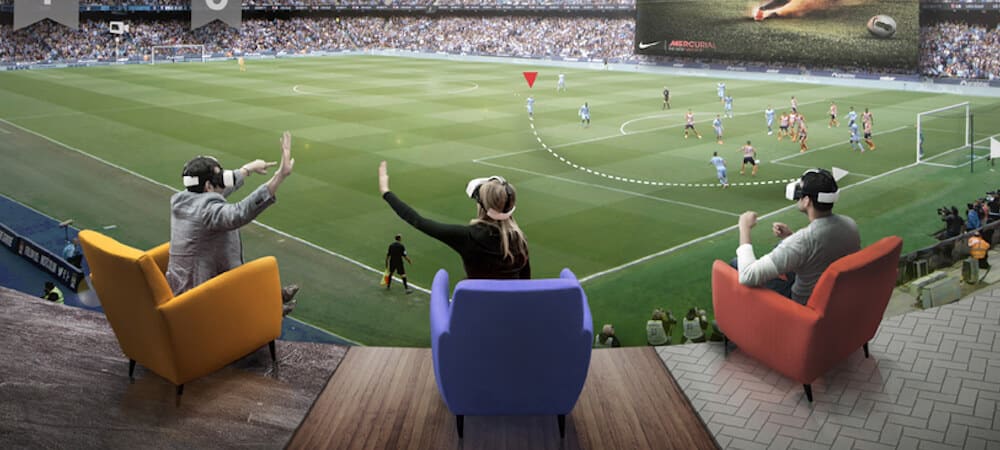
Image attribution: Viar360
Real Estate
Virtual reality industries often focus on visual elements. As such, it’s not a surprise to see real estate counted among the VR industries. Property showcases are the most common VR usage scenario. Clients can get a virtual tour of properties anywhere in the world. And VR’s even making it possible to delve into the properties of the future. Virtual architectural visualization can provide representations of the interior and exterior of properties that haven’t been built yet. The industry is also working with virtual home staging to provide even more opportunities to everyone, from realtors to real estate investors.
Video: High-End Virtual Reality for Real Estate
Tourism
Tourism’s gained quite a bit from entry into the virtual reality industries. One of the draws of travel has always been a yearning for beautifully enticing environments. Properly showcasing potential destinations has always helped to drive tourism. And VR has been able to do that to an amazing extent. There’s no need for static images or tour itineraries when you have virtual reality. You can leap into an interactive environment that shows all of the best features of your potential destinations. It’s a way of creating lasting impressions that drive people to book tickets to those spots.
Video: Wander | Oculus Quest, Oculus Go, + Gear VR
Architecture
Businesses always try to resolve problems before they arise. And architects have discovered that inclusion in virtual reality industries helps them create those solutions. Until recently, architects have been stuck drawing up blueprints and sending them to clients. It’s a slow process and doesn’t really evoke the final result that both parties are after. But with VR, an architect can create buildings in virtual environments. Clients can walk through them to give suggestions, ask questions, make modifications, and ultimately give approval. There’s no need for the standard blueprints or the more laborious task of physical models anymore.
Video: Virtual Reality for Architects
Hospitality
The hospitality industry hasn’t just become a player in the virtual reality industries. It’s arguably been changed by it in a financially beneficial way. New technologies have let the hospitality industry shift its target demographics. More and more people are eager to use technology to enhance their trips. And the hospitality industry is making that happen with virtual tours of hotel rooms. VR is also used to help build customer retention and loyalty by giving them more control. For example, VR can help hotels and similar businesses to enhance their physical environments. This is both exciting and profitable.
Video: How Hilton Uses Virtual Reality for Training
Visual Art
Artists have found a treasure trove of uses for VR. So the transition of visual arts into one of the virtual reality industries is to be expected. Creators have been thrilled at the chance to display their existing physical works to people all over the world. But the biggest motivation has been the ability to create new experiences. Artistic expression has essentially been liberated from the constraints of physical space. Abstract ideas like movement, time, transitions, perspective, and more can be handled in new and dynamically evocative ways. It’s exploring metaphysical concepts in ways only dreamed of for centuries.
Video: Virtual Reality in Visual Arts
Fitness
The idea of home gyms is an attractive prospect. And interest in a great home workout has moved the fitness sector into one of the virtual reality industries. Almost every element of VR lends itself to physical fitness. For example, headsets and motion trackers can help keep track of your workout while also immersing you in it. The social element of VR means that you can work out with a trainer and other fitness enthusiasts while at home. And the digital element of the experience even lends itself to gamification through the use of award points within apps.
Video: How VR Enhances Your Workout Experience
Virtual Reality Industries Mirror the Rise of NFTs
Keep in mind that the metaverse as a whole is a huge subject and touches on all of these industries in several additional ways. And the convergence of NFT technologies is among the most important of these elements. NFTs are essentially a way of using the same blockchains, which make metaverse crypto work to designate uniqueness. For example, you can make NFT art that’s just as unique and collectible as a painting or sculpture. Discover how NFTs are changing personal and professional spaces alike in the article “NFT Meaning for Various Industries; How NFTs Disrupt Digital Markets”.
Virtual reality industries are making big waves worldwide, and you’ve seen some truly impressive examples. But keep in mind that this is only the start. The future is bright, and it’s lit by the torch of virtual reality.
Did You Like This Article About Virtual Reality Industries?
You might also be interested in the following articles:
- What Is an NFT? Non-Fungible Tokens Clearly Explained
- Metaverse Summits; Top Reasons to Attend a Metaverse Summit
- AR Contact Lenses; Learn About Advanced AR Technology

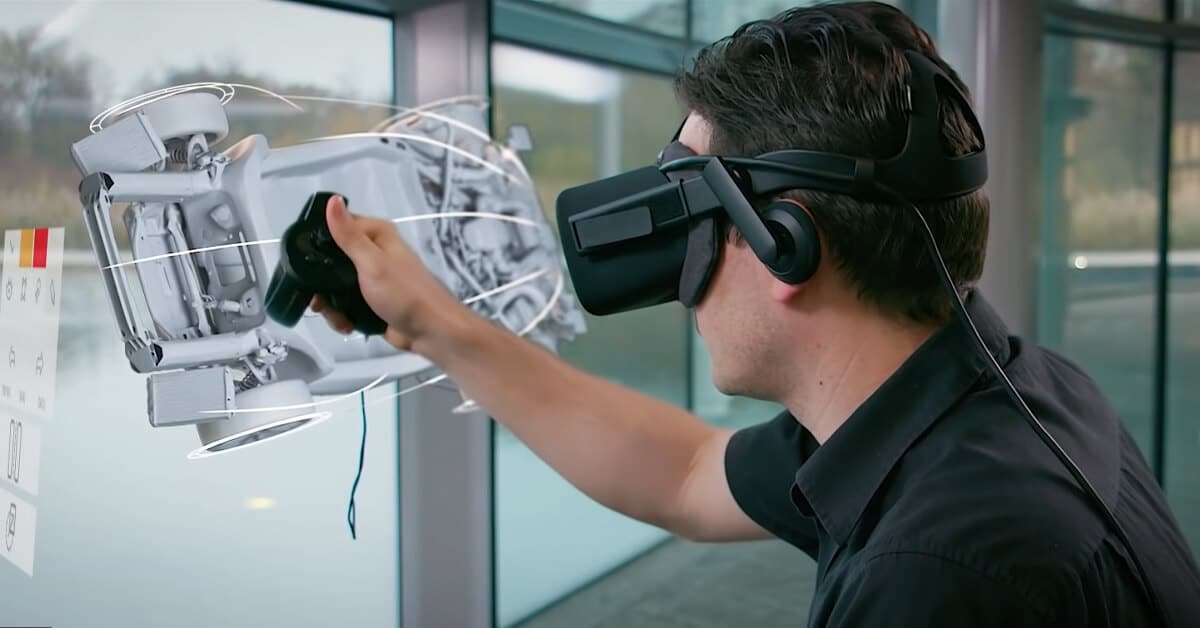

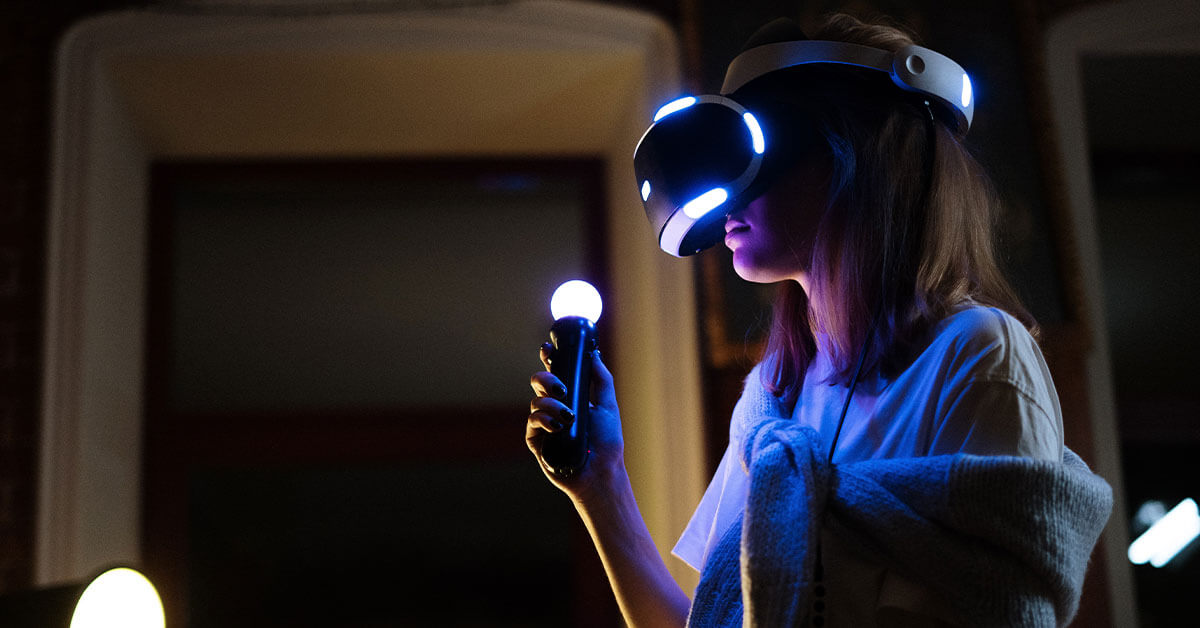

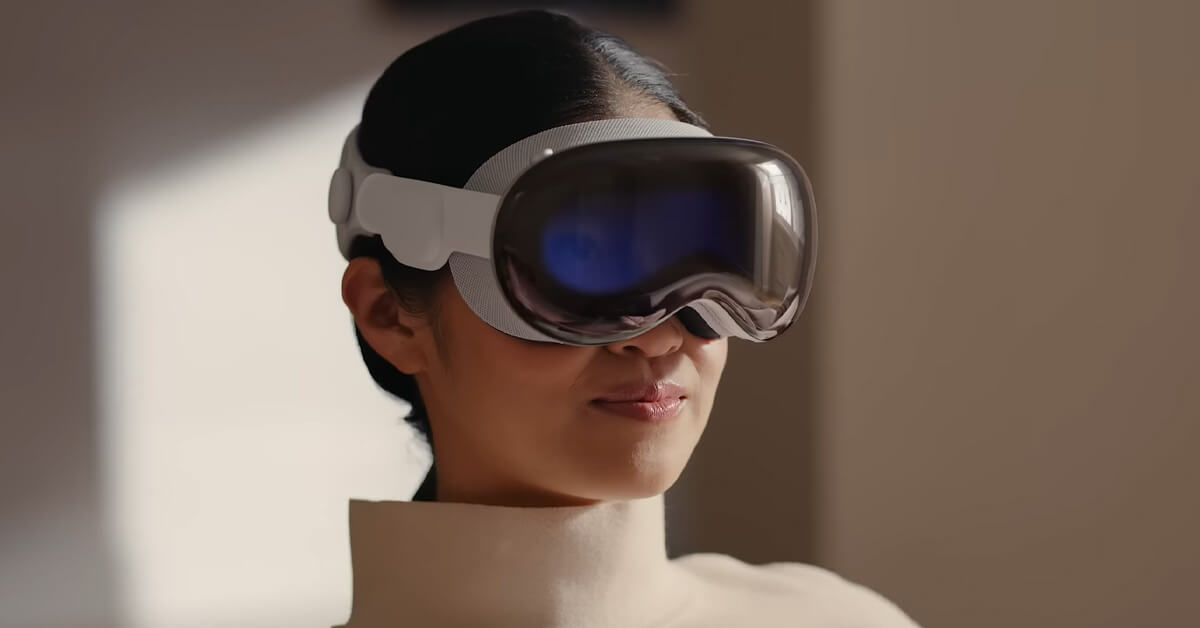
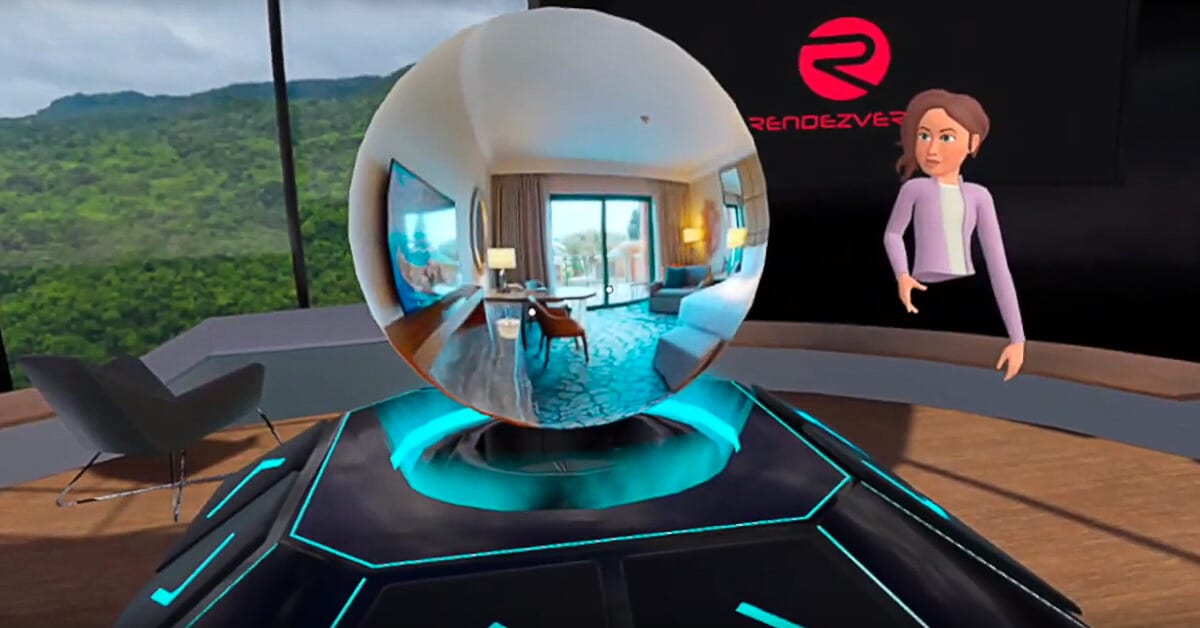
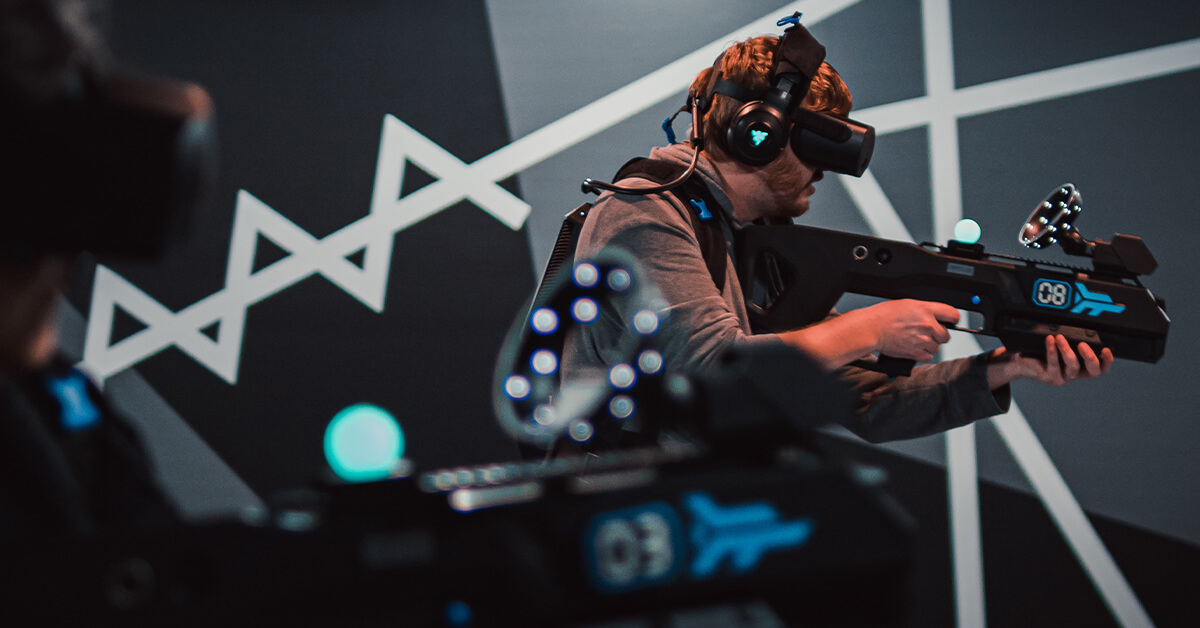

Leave A Comment